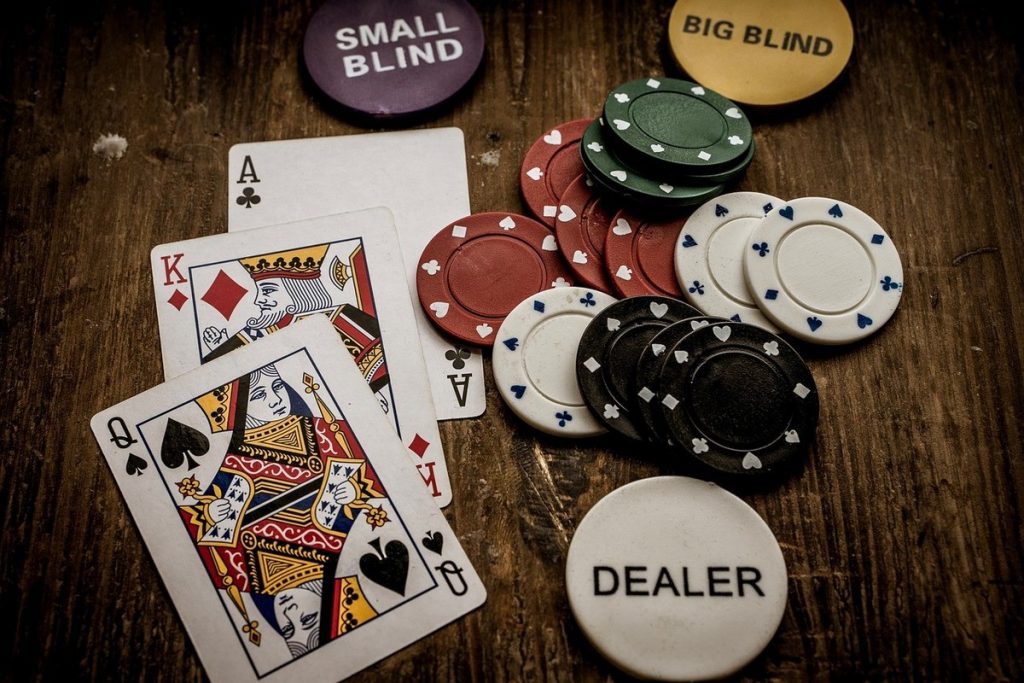In poker, deciphering your opponents’ intentions is an art that can make or break a player’s success. Skilled players have relied on the subtle yet powerful cues known as “tells” to gain a competitive edge in brick-and-mortar casinos.
These nonverbal signals, whether a nervous twitch, a slight change in breathing, or a trembling hand, have been a cornerstone of poker strategy for decades. However, as we embrace the digital age, poker has transcended the confines of physical tables and migrated to the virtual realm.
Now, players from around the globe can engage in high-stakes games from the comfort of their homes. But with this convenience comes a new challenge – learning to read opponents without visual cues and physical tells.
The Digital Poker Landscape
Online poker rooms allow players to play from the comfort of their homes or on the go via mobile devices. These virtual environments offer various game options, from popular variants to niche variations to different skill levels and preferences.
One of the most notable differences between online and traditional poker is the nature of player interactions. In brick-and-mortar poker rooms, players sit face-to-face, deciphering physical tells and body language crucial in assessing opponents’ hands and intentions.
However, in the digital realm, players are reduced to virtual avatars, and direct face-to-face communication is absent. This shift in interaction dynamics poses challenges and opportunities for players looking to read their opponents effectively.
Classic Poker Tells and Their Adaptation to Online Play
Card games like blackjack and poker heavily rely on physical tells, which are involuntary behaviors players display that can reveal information about their hands or intentions. These physical cues are substituted with virtual equivalents in the digital poker landscape.
Here are some classic poker tells and their adaptations to online play:
● Eye Contact and Staring
Physical Tell: In live games, players might avoid eye contact when holding strong hands or stare at opponents when bluffing.
Digital Equivalent: Online players cannot make direct eye contact, but they might take longer to decide when bluffing or acting quickly with strong hands.
● Hand Trembling or Shaking
Physical Tell: A visible shaking of hands can indicate nervousness, often associated with a weak hand or an attempt to deceive opponents.
Digital Equivalent: Online players cannot physically display hand trembles, but a sudden change in betting behavior or timing can suggest anxiety or excitement.
● Bet Size and Body Language
Physical Tell: In live games, the size of a player’s bet and body language can convey confidence or weakness.
Digital Equivalent: Online players use bet sizing as a key tell. A significant overbet might signal strength, while a small bet might indicate vulnerability.
Behavioral Cues to Look for in Virtual Poker Rooms
Here are some critical behavioral cues to pay attention to in virtual poker rooms:
Betting Speed
The speed at which a player acts during a hand can offer valuable information about their hand strength and decision-making process. A player who rapidly places a bet or raises might signal confidence in their hand.
Quick actions often indicate strength, as the player may be eager to build the pot and discourage opponents from continuing in hand. On the other hand, prolonged delays before eating or calling may suggest weakness or indecision. Players taking their time could be unsure about their hand’s value or contemplating a bluff.
Chat Behavior
The chat behavior in online poker rooms allows players to interact with each other. Although not all players use the chat, those who do provide an additional avenue for behavioral cues.
A sudden increase in a player’s chat activity might be an attempt to distract opponents or create a friendly image. They could be drawing attention away from their plays, bluffing, or trying to induce a response from others.
Conversely, players who rarely chat may intentionally conceal their emotions or strategy. This reserved behavior could indicate a more focused and serious player.
Betting Consistency
How players size their bets throughout a game can reveal valuable information about their confidence and hand strength. Players who maintain consistent bet sizes irrespective of their hand strength may not be giving away much information about their holdings.
This approach can make it harder to read them based solely on bet size. On the other hand, players whose bet sizing varies significantly may inadvertently reveal the strength of their hand.
Large, consistent bets could signify a strong hand, while smaller, erratic bets may suggest uncertainty or a weaker holding.
Avatar and Table Behavior
Some players may choose avatars that don’t reflect their true personalities or intentions. A conservative player might use an aggressive avatar to create a deceptive image. On the other hand, emoticons used during hands can also be deceiving.
Players might use smiley faces when bluffing or angry faces when holding strong hands to mislead opponents.
Takeaway
As you venture into the virtual poker world, remember that practice, observation, and adaptability are your allies. Continuously refine your ability to spot subtle behavioral cues, and strive to make well-informed decisions backed by solid analysis.

